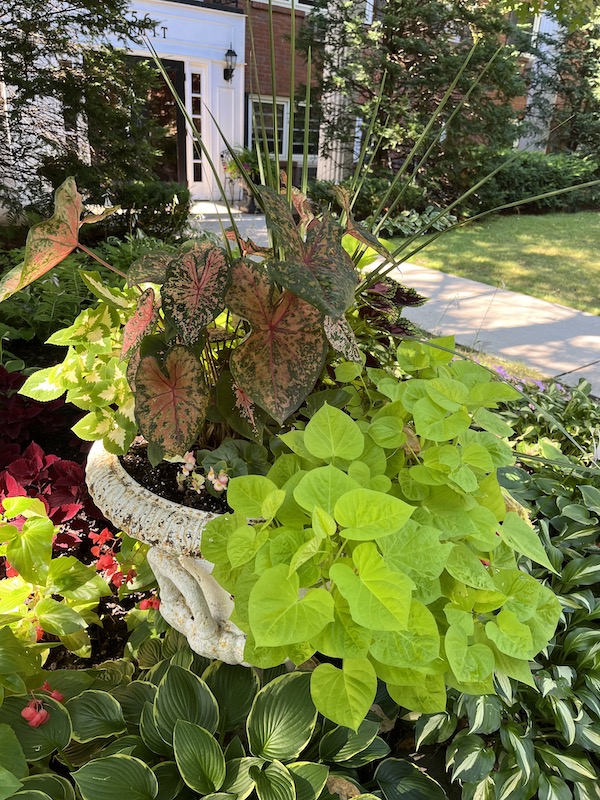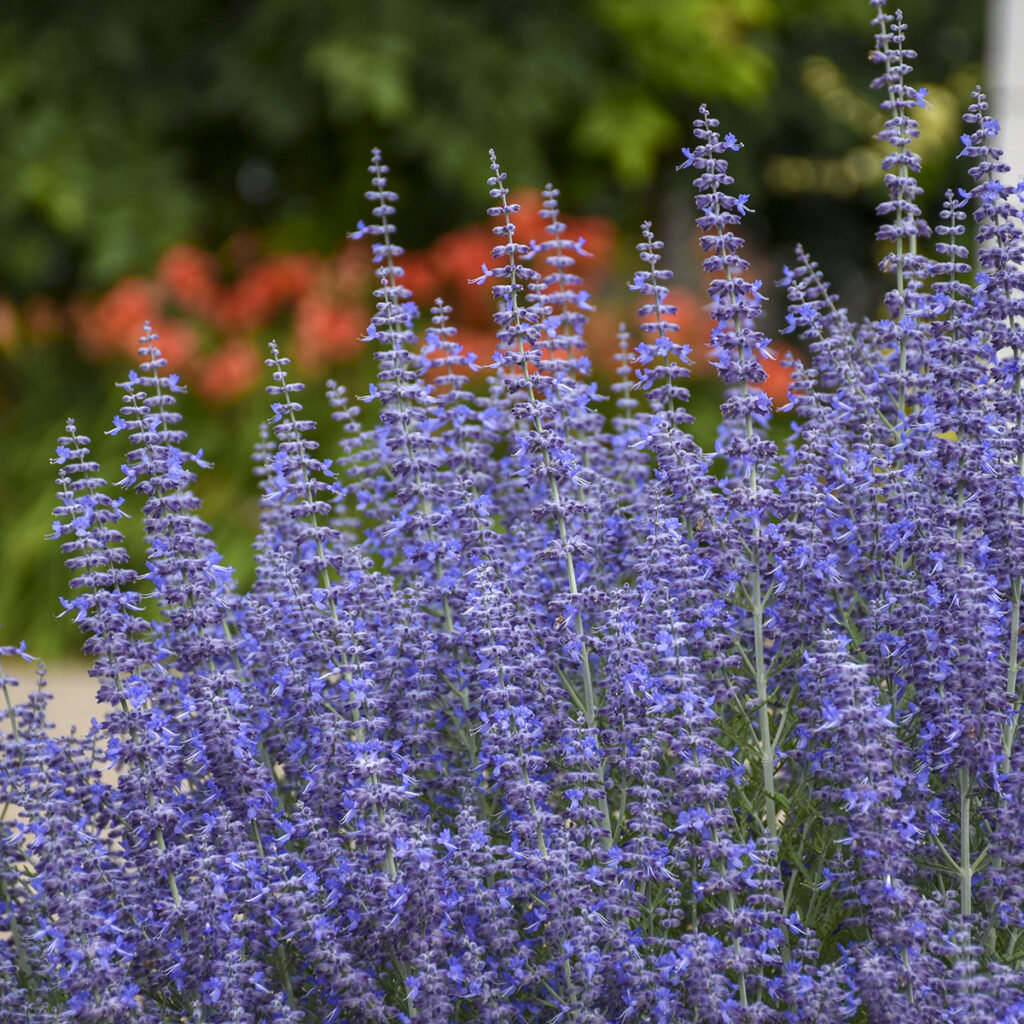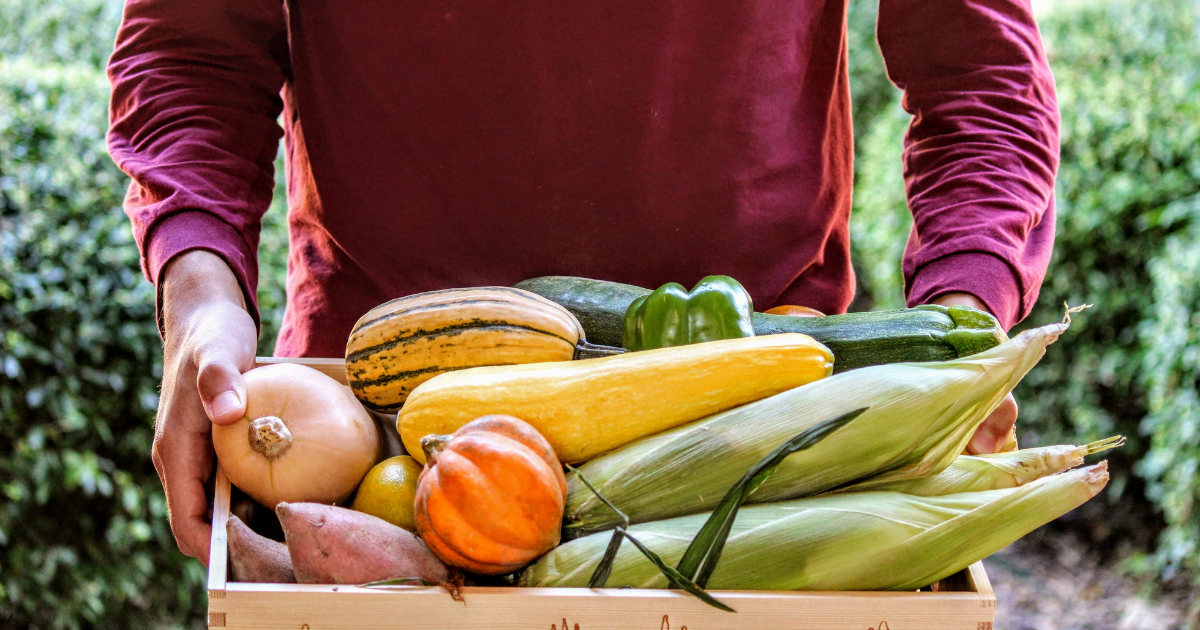7 Ways to Downsize Your Garden Gently
There comes a moment in every gardener’s journey when your back really hurts. And, some time after that-maybe weeks or months or years-you think, “Maybe this is too much garden?” Deciding to downsize your garden can be an emotional decision, but you don’t have to abandon your garden to make it fit your lifestyle, your physical fitness and your priorities. Call it downsizing by baby-steps.
Here are seven small ways to downsize your garden workload but not your enjoyment.
Hire it done. This may seem obvious and it may not be an option for everyone, but hiring people with stronger backs and more flexible knees is a great way to downsize your garden workload. Tasks such as hauling and spreading mulch, unloading bags of potting soil, mowing a huge yard, digging holes to plant trees or removing brush, can be done by others while you supervise. You may even be able to train a young neighbor to love gardening – the horticultural industry is hungry for new workers.
Keep your garden close. To concentrate your gardening effort, put the most demanding parts of your garden close to the house and let the edges of your garden go a bit wild-or just easy care. The garden areas closest to the house can be easily observed, watered, weeded and enjoyed. Those farther away should feature tough plants that don’t require extra watering or weeding.

Banish (or cut back on) containers. When deciding where to downsize your garden work, figure out your most work-intensive chores. Containers are lovely, especially if you have a lot of them, but not low maintenance. They need to be watered daily during the hot part of the summer; you have to move the containers in and out of winter storage; you need to refresh (or replace) the potting soil each year. Maybe instead of 15 or 20 containers, you could get by with three or five? And, then buy the best, most dramatic plants you can find to put in your special containers and place them somewhere you will see every day.
Join a CSA. Homegrown vegetables are delicious but also a lot of work with planting, weeding, watering and harvesting. Many gardeners cut back on vegetable growing as they get older, but if you’re still growing your own because you love the flavor of homegrown produce, consider joining a community-supported agriculture (CSA) farm. During the pandemic, I joined a CSA because I wanted to be sure to have plenty of fresh vegetables for eating and canning, and knew I could not grow them all in my small garden. What a revelation! Each week, I picked up my half-share at a local brewery, often stopping to have a beer and chat with my daughter on the patio, then went home to discover what I would be cooking that week. The produce was fresh, tasty and super seasonal, and I had a chance to try a few new-to-me vegetables. Farmers’ markets are another option for getting homegrown produce without growing it yourself.
Create very low-maintenance borders. If you are looking to downsize your garden workload, creating a few borders with very low maintenance plants grouped together is one way to reduce the work but not the beauty. These are one-and-done kinds of borders, where you cut the plants back once a year but you don’t have to deadhead, fertilize or even water much. For example, in a shady spot in my garden, I have a group of hostas and two ‘Sun King’ aralia plants. In fall, I cut the hostas and aralia back. I might throw down some fertilizer in spring – or I might not. That’s it. This small border consistently looks good and requires zero effort after the fall cutting back. Nearby is a hedge of ‘Karl Foerster’ grass to divide my yard from the neighbor. I cut the grass back in spring – and that’s it. Once established, it comes back year after year and looks great. Think about the plants you love that are very low maintenance. Those are the best candidates for extra easy borders and beds.

Transition to shrubs. Perennials offer color that changes throughout the season, from the earliest daffodils to the last of the asters and goldenrods. Shrubs can give your garden the same seasonal changes and require less deadheading, dividing and watering. A big shrub border has two other advantages: It takes up more space so you need fewer plants and, if you pick the right shrubs, you’ll bring in loads of birds and pollinators. Think about foliage color and look for flowering shrubs, such as rhododendrons and lilacs in spring; ninebark, viburnum and dogwoods for summer bloom; hydrangeas in late summer. Combine these shrubs with small trees and maybe a few easy perennials or annuals and you’ve got a dramatic landscape that’s relatively easy care.
Replace demanding plants with easy-going ones. If you have a plant in your garden that wilts at the first 80-degree day, needs regular fertilizer and demands staking and pruning-maybe it’s time to bid that difficult plant good-bye. Instead, choose plants that are drought-tolerant and are happy in the soil you have without extra fertilizer. Similarly, plants that spread relentlessly should be removed (if possible!) and replaced with better behaved species. Examples: Roses are increasingly being tested and hybridized for disease-resistance and easy care. If you love roses, check out this list of sustainable varieties that do will in the North. Catmint is a great plant, but you often have to prune it back after the first flush of bloom. Try Russian sage instead, which blooms in midsummer and hangs on until fall. Newer varieties of Russian sage, such as Denim ‘n Lace, ‘Blue Jean Baby’ and ‘Little Spire’, are shorter and don’t flop.
Wherever you are in your garden journey, there are ways to keep things growing.
Mary Lahr Schier is a freelance garden writer and blogger and recently retired as editor of Northern Gardener magazine. Follow Mary on Instagram at @mynortherngarden_mary.
To learn more, join a webinar or workshop…
UPCOMING CLASSES

I’ve been looking for more on downsizing gardening so really appreciate the suggestions. I’m not quite ready to downsize but have been thinking of what I could do. I made a list of my containers including the houseplants I bring out or things I overwinter and so realized I have too many! Reducing containers is a good suggestion for many of us. I like the idea of planting more shrubs so will think strategically about that. Also, more grasses might work too whether as borders or backgrounds. Another idea in addition to yours might be forcing spring bulbs via a container vs. ground planting. It would provide a “taste” of spring. Bulbs have to be replaced and plus, I have to protect spring bloomers from the deer. Your column provided a lot of food for thought. Thank you!
Ideas on reducing work in garden could be to add a conservatory or reading room